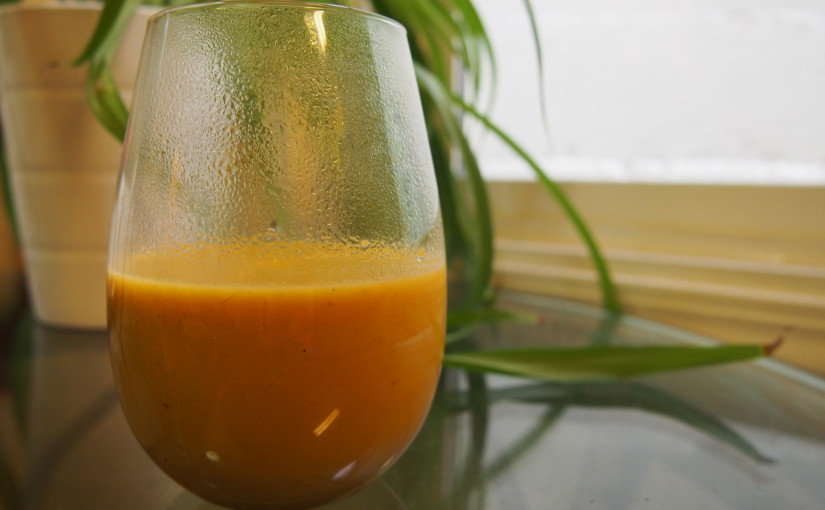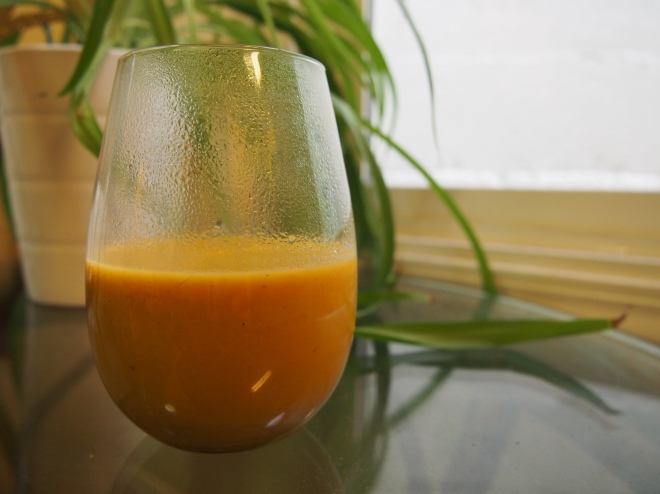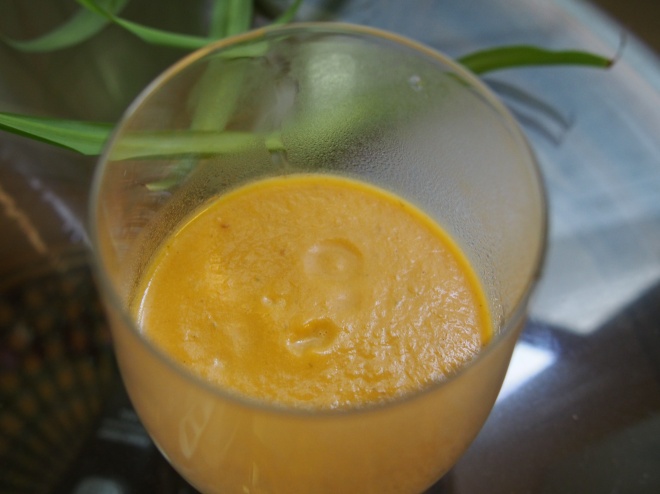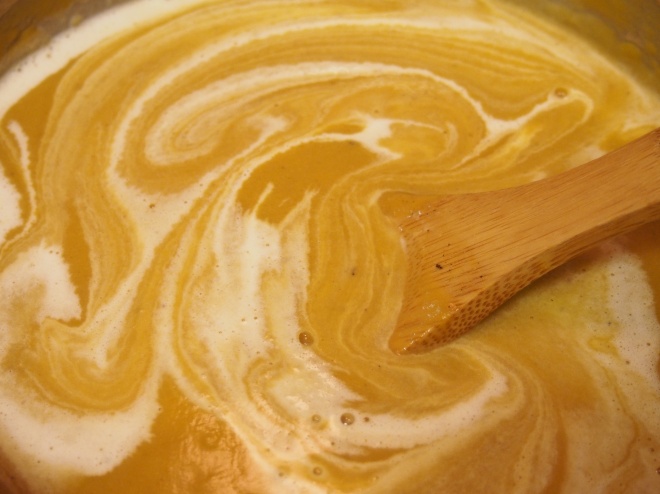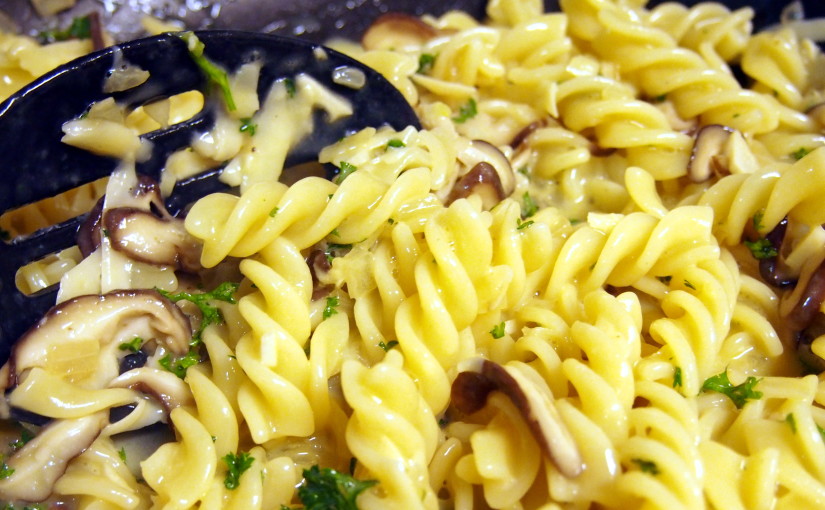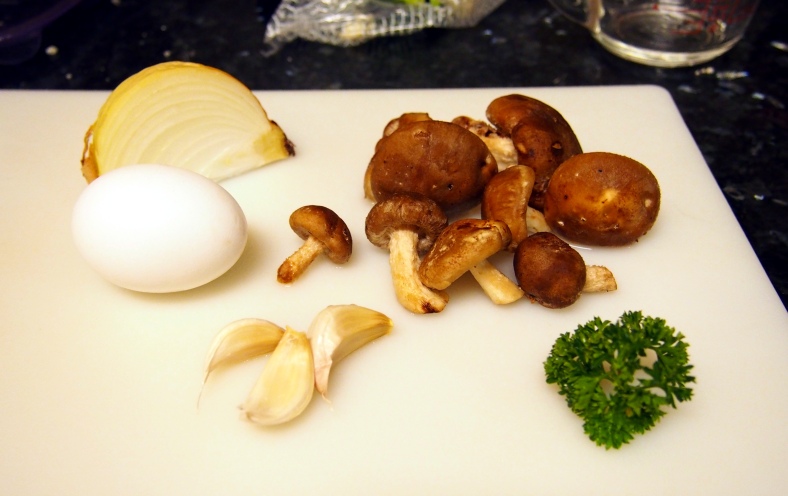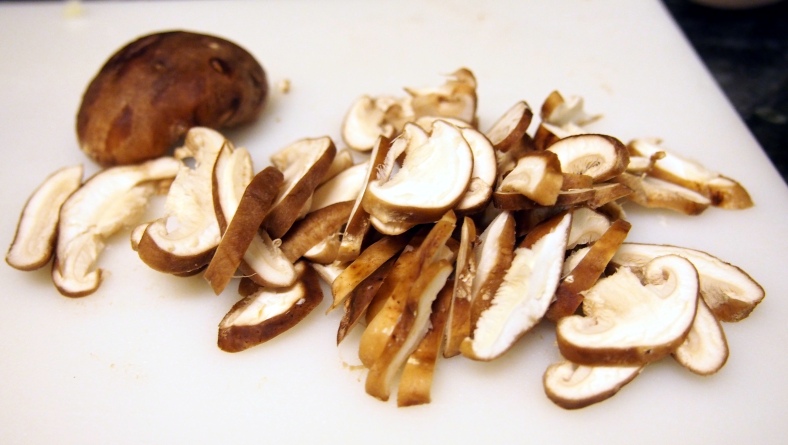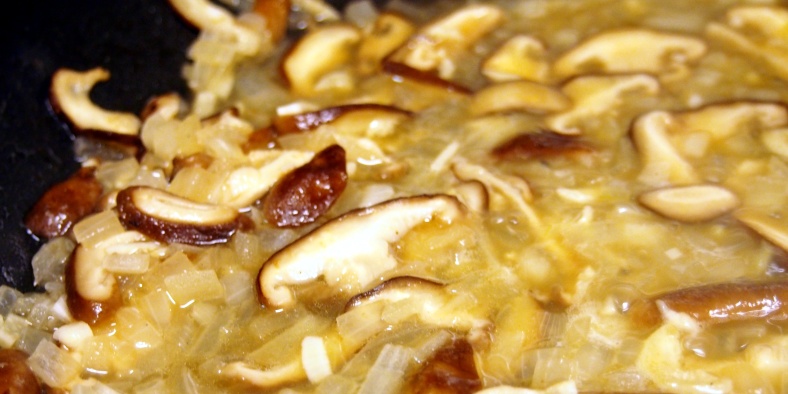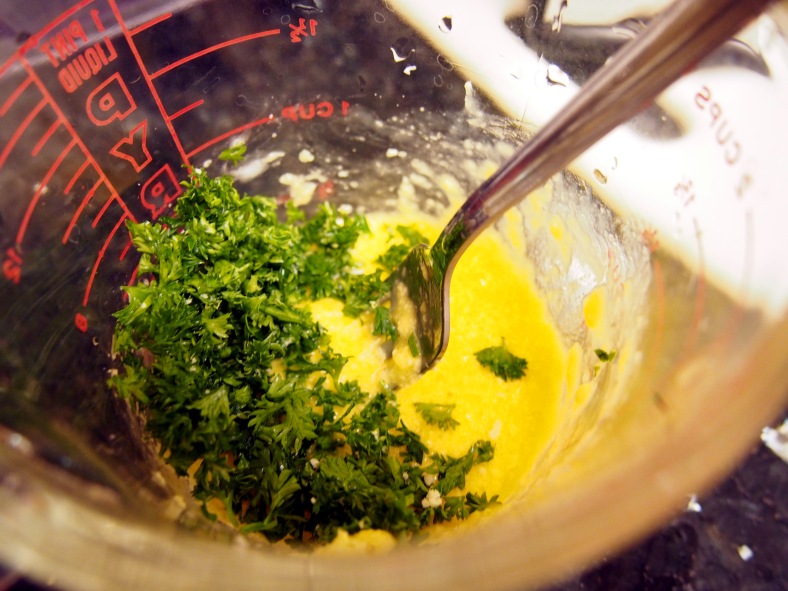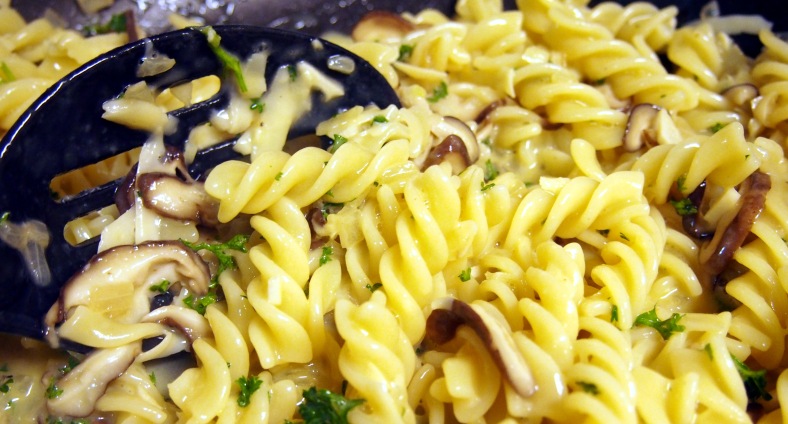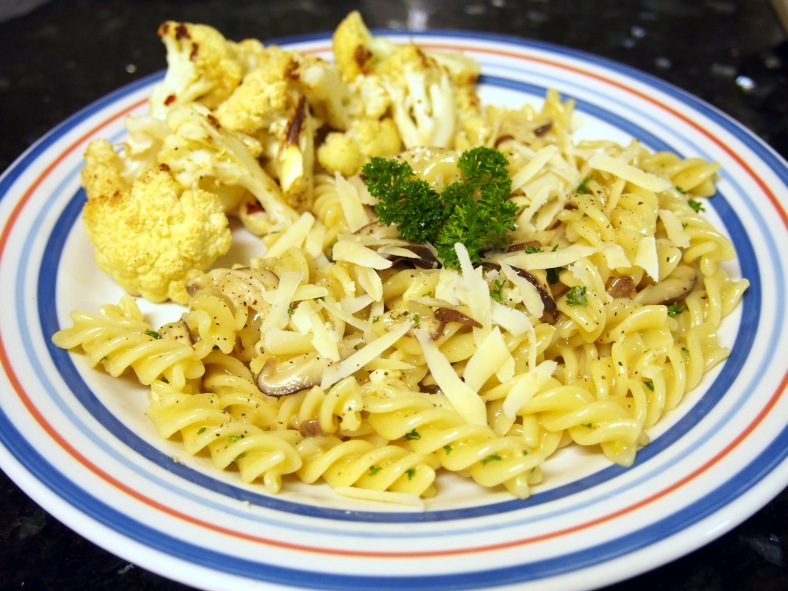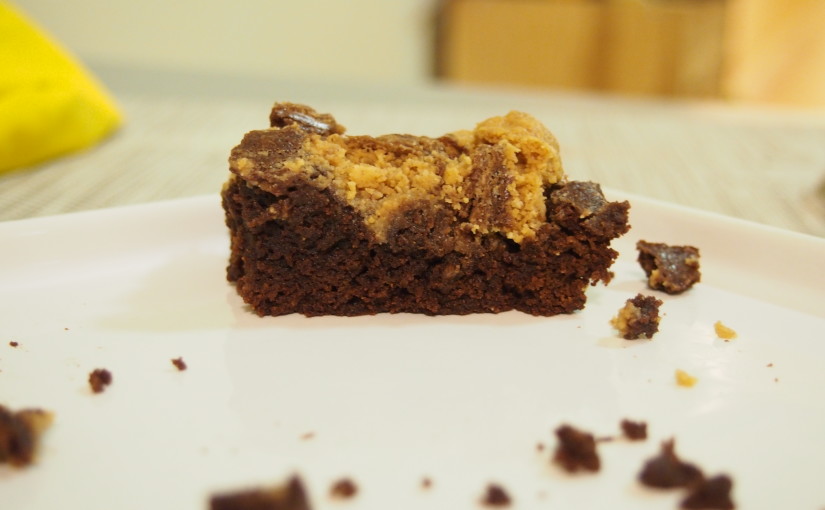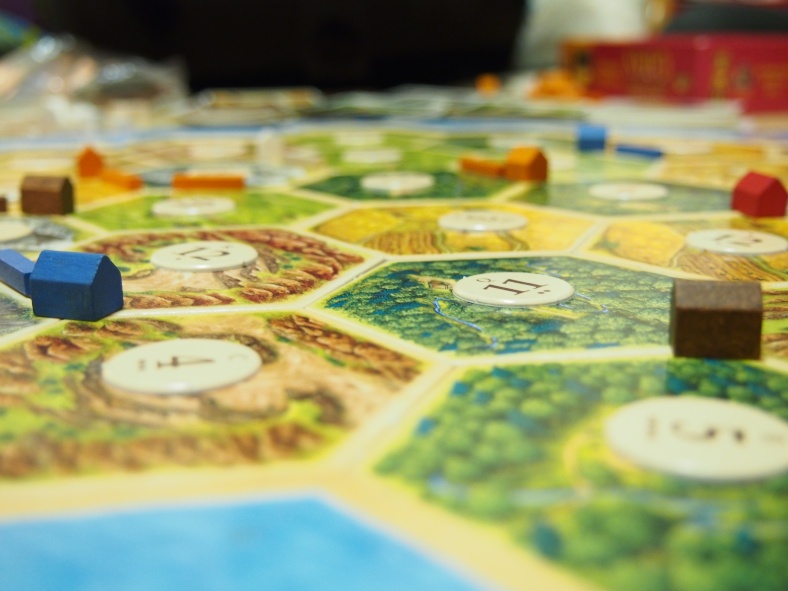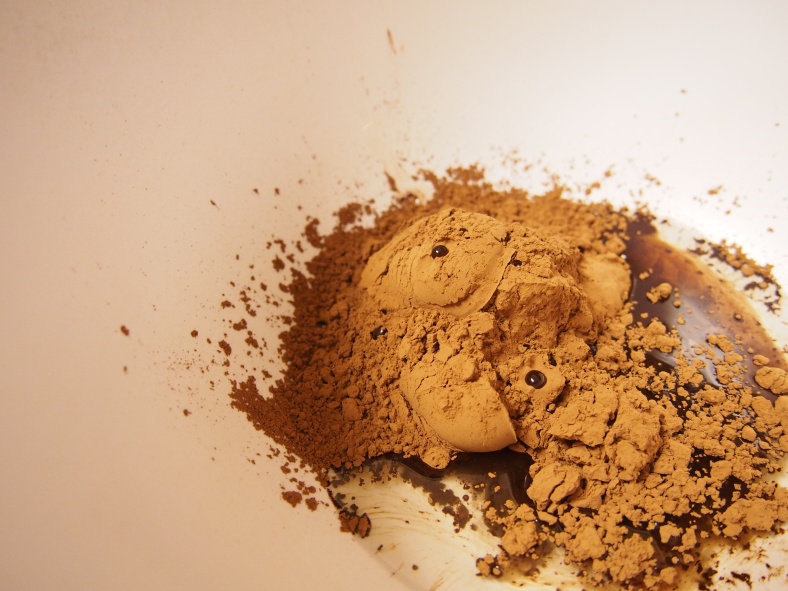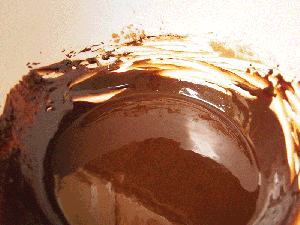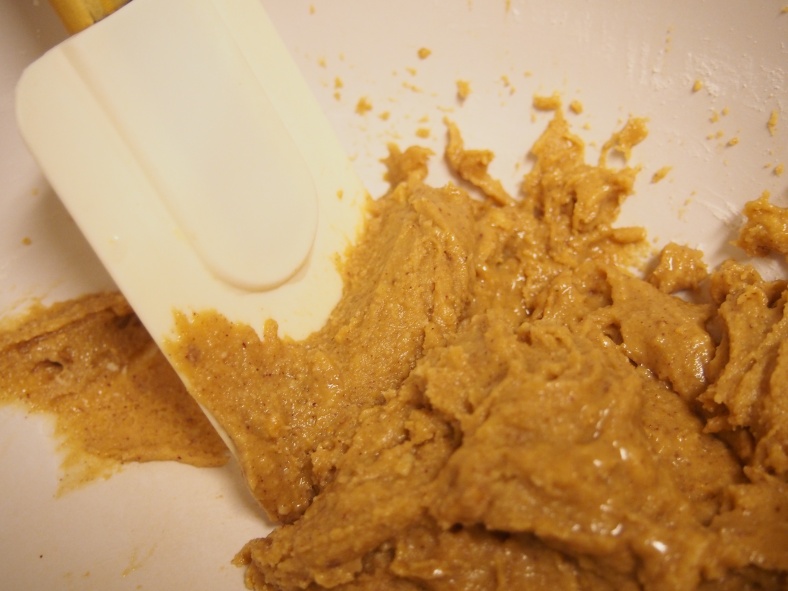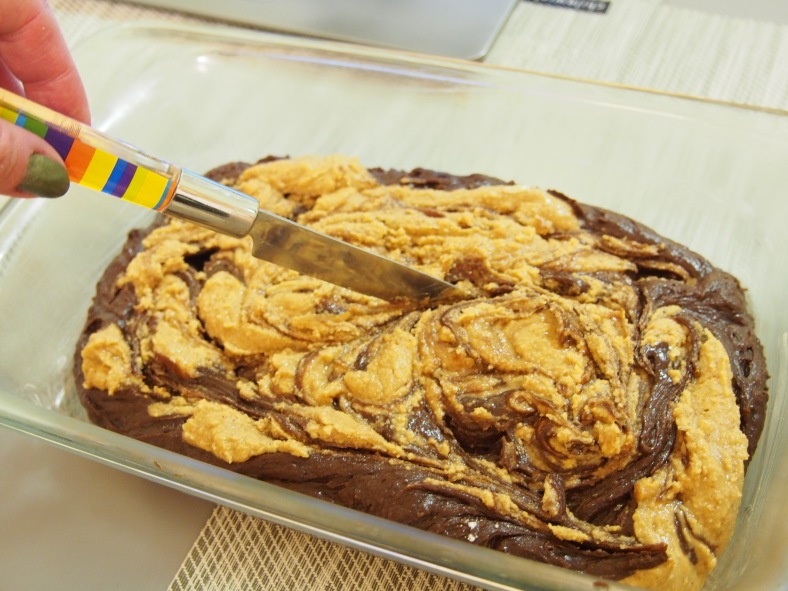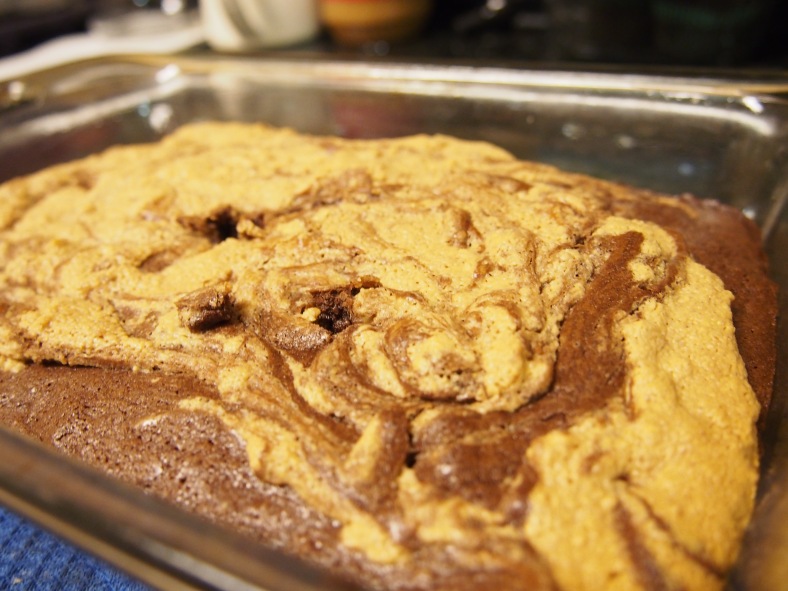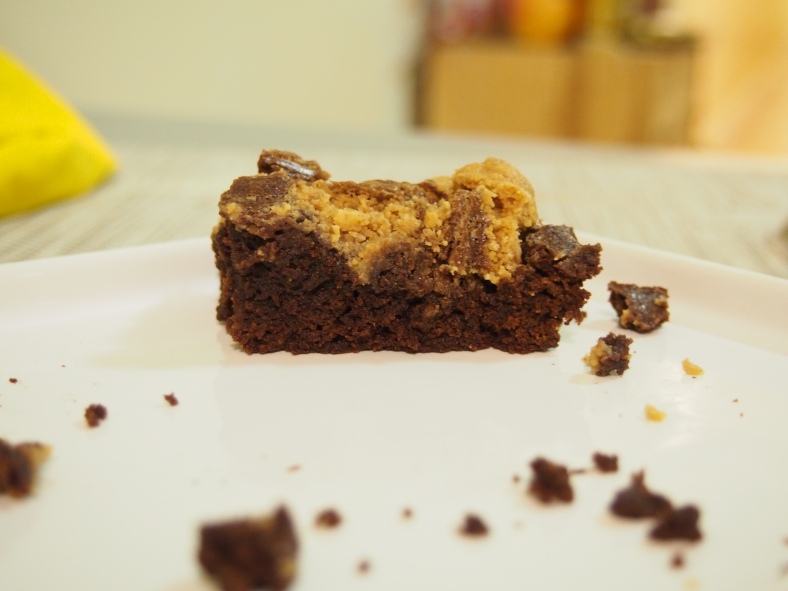 As one of my food resolutions for 2015, I’ve decided to bake my way through Peter Reinhart’s The Bread Baker’s Apprentice, of which I received two copies for Christmas. The book really provides everything you’d want in a guide for making better bread, and with a little over 40 recipes it’ll make a feasible weekly challenge for this year. The introduction alone — a few chapters on the science and techniques behind good breadmaking — clocked in at over a hundred pages of info-heavy text. I can already tell that Reinhart is going to keep me on my toes from week to week.
As one of my food resolutions for 2015, I’ve decided to bake my way through Peter Reinhart’s The Bread Baker’s Apprentice, of which I received two copies for Christmas. The book really provides everything you’d want in a guide for making better bread, and with a little over 40 recipes it’ll make a feasible weekly challenge for this year. The introduction alone — a few chapters on the science and techniques behind good breadmaking — clocked in at over a hundred pages of info-heavy text. I can already tell that Reinhart is going to keep me on my toes from week to week.
For my first baking project, I decided to skip ahead to the French bread recipe. I had a couple reasons for choosing this as my maiden loaf. First of all, I wanted to take advantage of the bread/pizza stone that I also got for Christmas :). Secondly, I wanted to start with a recipe with which I was already somewhat familiar. I’ve made simple French baguettes before, so the process, ingredients, and “feel” of the dough aren’t entirely new to me. Since I was using new tools and some new techniques, I wanted to be able to focus on those new aspects of my baking setup rather than struggling with a new recipe. Here’s what I’ve learned from my first Reinhart baguette.
Making Bread is a Science
For producing a relatively simple food item, the breadmaking process is pretty fussy. There are a lot of factors that come into play, some which a baker has control over, and many which they do not. Learning to recognize the signs of a properly developing dough are helpful to keeping yourself on track– things like knowing whether it’s too wet or dry during the initial mixing and adjusting accordingly, or using in the windowpane test as a sign of proper gluten formation.
Making Bread is Slow
 Reinhart is a big advocate of the slow fermentation process that is getting a lot of love these days in the bread world. I’m not expert enough to say that it does or doesn’t provide a higher quality loaf in the end, but one thing it definitely does is increase the amount of time it takes to go from mixing bowl to table.
Reinhart is a big advocate of the slow fermentation process that is getting a lot of love these days in the bread world. I’m not expert enough to say that it does or doesn’t provide a higher quality loaf in the end, but one thing it definitely does is increase the amount of time it takes to go from mixing bowl to table.
I started my pre-ferment on Tuesday evening, let it hang out in the fridge overnight after an initial rise, then spend another four hours on Wednesday afternoon mixing, kneading, rising and shaping the dough before it ever even got close to the oven. Baking a good loaf of bread takes some forethought and planning, which isn’t a bad thing, but it’s probably not in-line with the way most people cook these days.
Making Good Bread is Difficult
The funny thing about learning new skills is that the more you learn, the more you realize you don’t know shit. I thought I had a relatively good handle on baking, at least at the “advanced beginner” level. Now I’m not so sure. I totally skimped on the windowpane test, which is something I need to learn to be more patient about. I also need to be more aggressive about my scores – mine were a last-minute addition that pretty much just melted back into the bread unhelpfully.
Reinhart also suggests a much more complex oven set up than I’ve had previously: a pan of hot water and periodic spritzing of the oven sides to create a steamy environment for superior crust formation. Of course cranking up my oven to 500°F during preheating had the fun bonus effect of causing my extremely sensitive smoke detector to freak out, repeatedly. This was also the first time I’d used the peel method of getting the bread from rising spot to oven — usually I do the final rise directly in a bread pan or sheet, and just stick the whole thing in the oven. The process of transferring my loaf from couche to peel (read: terribly high-tech version consisting of an upside down cookie sheet dusted with semolina flour) to ultra-hot baking stone without degassing, dropping, or otherwise bothering the dough was nerve-wracking.
This Week’s Lessons
- Trust the windowpane test — I’ve never been good about kneading until my dough passes the windowpane test for extensibility. I got it almost there this time, but next time I’ll try to not let my impatience get the better of me. This gets back to my note on bread being a science — getting the gluten to the correct level of stretchiness is what gives a baguette its deliciously crusty exterior.
- Score aggressively — As I mentioned, my scoring work was hasty and sub-par. Next time I’m going to be less timid about it — those slashes are functional, after all, and not just cool-looking.
- Let it rise — The consistency of my baguette was good, but not great. I wish the crumb had been a little more open and holey, as you find with professionally baked French bread. I think if I had been a little more careful about not bothering it while it was rising or rushed through the process of getting the dough into the oven, then I probably could have gotten the consistency I was aiming for.
- Eat your mistakes — They’ll probably be pretty tasty all the same!

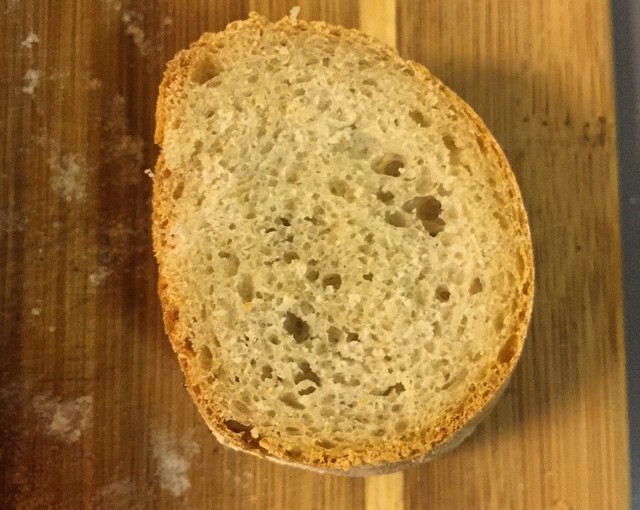
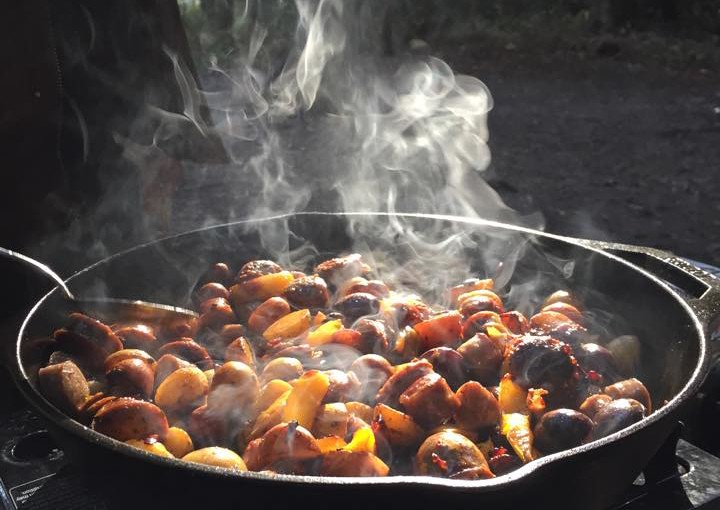

 I’m making it my goal to up my game in a few different ways — I’ll be focusing on improving cooking techniques, experimenting with my own recipes and new combos, and exploring culinary culture in the Bay Area. I want thinking about food to be a meaningful part of my daily life, and I’d love to share what I learn with others. I’ll be posting a mix of recipes, ideas and reviews each week. Stay tuned for more food adventures in 2015!
I’m making it my goal to up my game in a few different ways — I’ll be focusing on improving cooking techniques, experimenting with my own recipes and new combos, and exploring culinary culture in the Bay Area. I want thinking about food to be a meaningful part of my daily life, and I’d love to share what I learn with others. I’ll be posting a mix of recipes, ideas and reviews each week. Stay tuned for more food adventures in 2015!